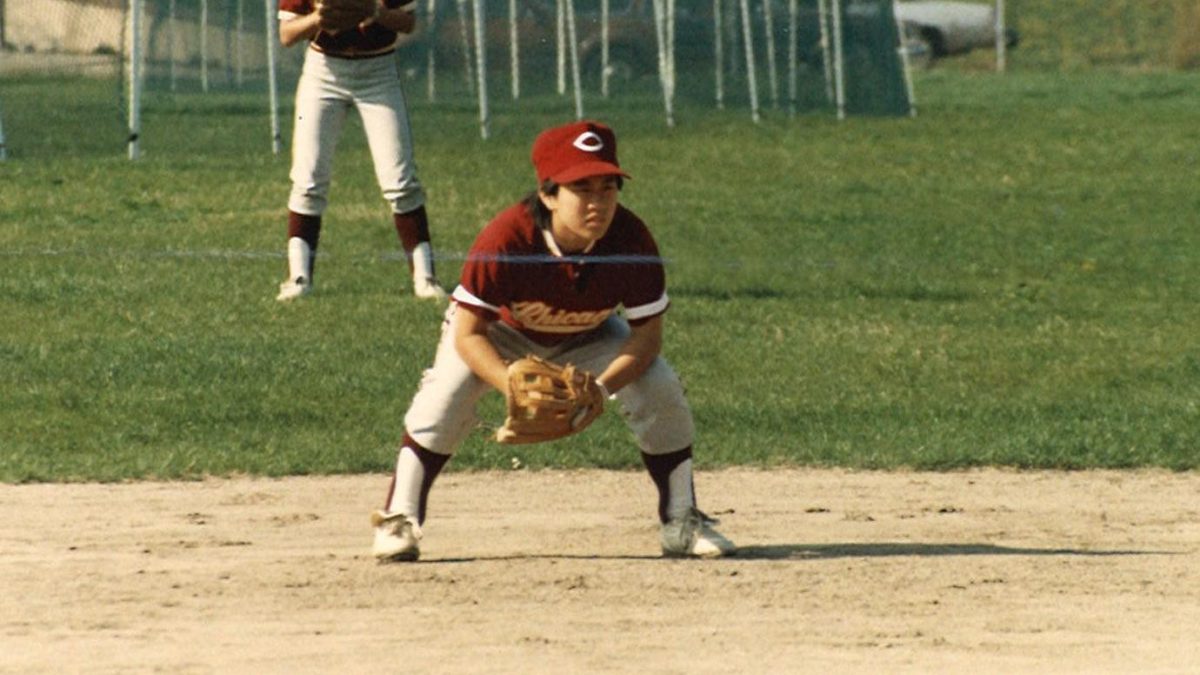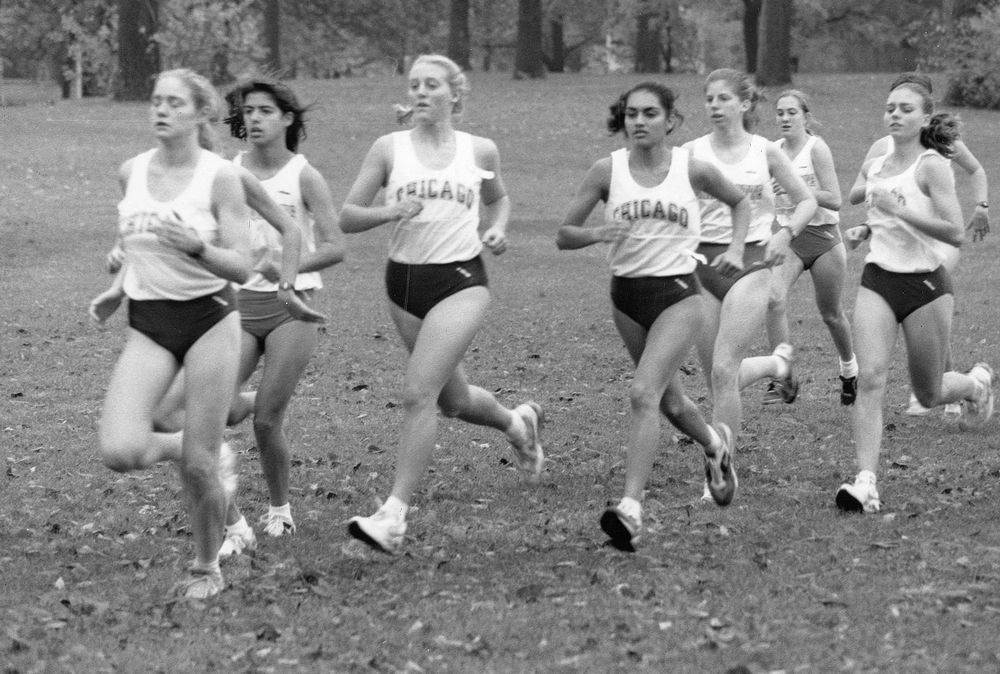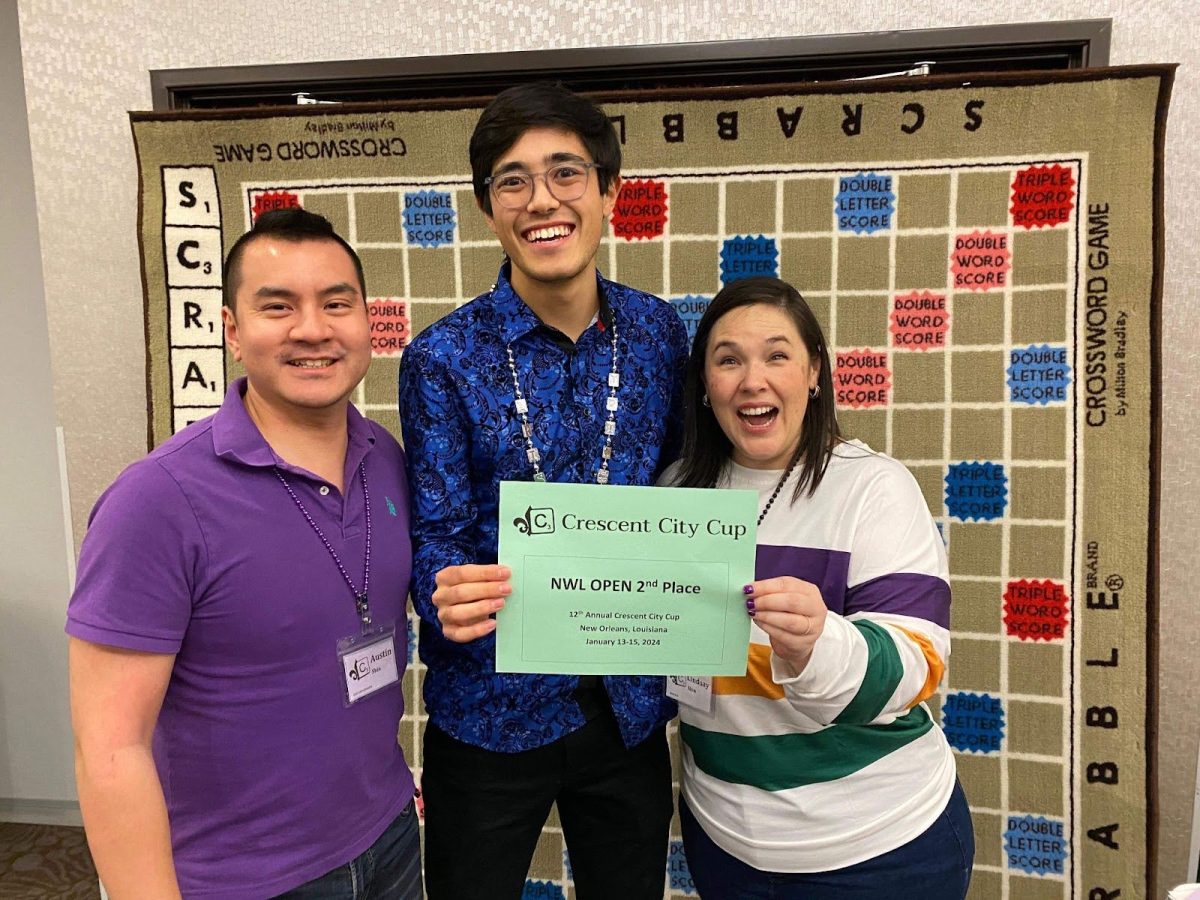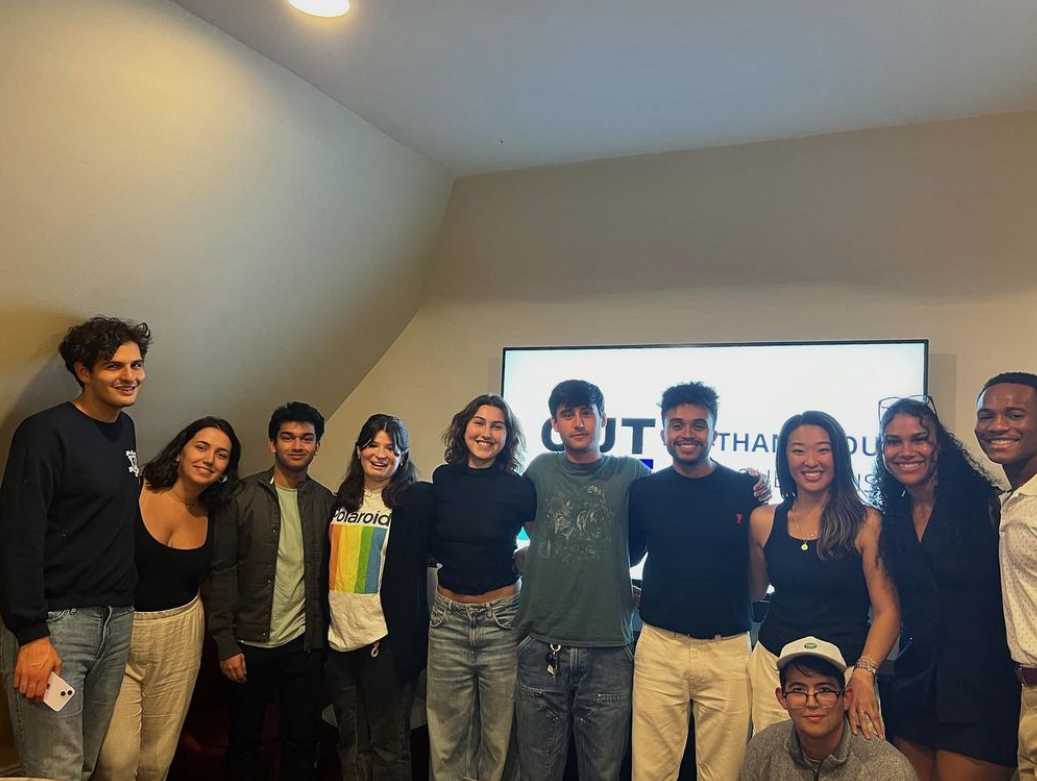For first-year Steve Baron, the road to the University of Chicago began in the summer of 2005, on the campus of Rider University in New Jersey. Baron, who is from Philadelphia and plays goalkeeper for the soccer team, was at Rider to participate in the Olympic Development Program with Pennsylvania’s state squad.
While Baron was on the field, men’s soccer coach Scott Wiercinski was on the sidelines, scouting out the talent.
Wiercinski, then an assistant coach for Brown, was impressed with Baron and began talking with him the following August. By the beginning of his senior year, Wiercinski had moved to Chicago and was recruiting Baron to do the same.
“Honestly, at first, I had never heard of Chicago’s soccer team,” Baron said. “When I looked it up, I was amazed. It’s in the city, there are good academics, great guys on the team, and the coach is a goalie.”
An overnight visit that fall convinced Baron that Chicago was a good fit, and by March, he had chosen the University.
In the end, Baron’s recruiting process had stretched across 21 months, more than a thousand travel miles, and countless phone calls and letters between Baron and Chicago’s athletic staff. And Baron was just one of the several hundred students Chicago’s sports programs recruited for the class of 2011.
For many of those students, the process starts just the way it did with Baron: A coach becomes interested after seeing them play in a tournament or at a camp. For sports like basketball, coaches can identify recruits by scouring databases for players who meet their needs. Cross country and track and field head coach Chris Hall said he sometimes relies on high school coaches to suggest athletes he should approach.
Frequently, though, students come to the coaches, rather than waiting for the coaches to come to them.
“A lot of prospective athletes contact us,” Hall said. “There are a lot of people who come to us that we probably would not otherwise be able to identify as being qualified athletes.”
Being approached by high schoolers can be very helpful for Chicago’s coaches, who often struggle to find athletes who are academically qualified and mesh with the school.
“We have to find the certain athlete who has not just the ability to do well here, but fits the campus and the student body,” men’s basketball head coach Mike McGrath said. “And there aren’t a lot of people who fit that profile.”
Once Chicago’s coaches find the right students to target, they have considerable freedom to pursue those students in whatever ways they want. NCAA regulations prohibit D-III coaches from speaking with recruits in person before the start of their senior year, but otherwise the process is largely unregulated.
“DIII is relatively unfettered by recruiting rules, as compared with DI and DII,” athletic director Tom Weingartner said.
Given that freedom, coaches take a wide variety of approaches to luring students. Letters and e-mails are frequently sent to recruits. Phone calls are common, too: McGrath said he calls his key recruits at least once a week. Coaches pursuing fewer athletes visit their homes and get to know their families. And as with most students, one of the most important parts of an athlete’s college search is the campus visit.
“When they come here and visit, they get a chance to see how they fit in with our team and on the campus,” McGrath said. “That’s a huge element in the process.”
Recruits get one official visit, which includes paid travel expenses, but may visit unofficially as many times as they want. Visiting athletes stay in dorms with current athletes, who are given guidelines on how to keep them entertained.
“We want to keep them out of the mischief they can get into,” Weingartner said.
If the visits and conversations with coaches can stir up enough interest in a recruit, they apply through the normal process and with only minimal assistance from the athletic department.
“Our coaches give the admissions office lists of students they are interested in, and we try to advocate for them,” Weingartner said.
But, he added, a coach’s recommendation is not a guarantee of admission, and no coach’s advice is given more weight.
“It’s a good thing about the way we go about it,” Weingartner said. “There are no formulas and no coach is guaranteed a certain number of slots. Students have to gain admission by their own merit.”
And at an elite school like Chicago, finding recruits who can get in on their merits and getting them through admissions is a difficult task.
“It’s a lot more challenging than what it was when I was at other institutions, where you just looked for athletes, and they generally could meet the requirements of the school and get in,” Hall said.
Because of the selective admissions process, coaches cast a wide net. McGrath said he needs between 40 and 60 recruits to apply to eventually fill two to six slots; Hall said he pursues “a couple hundred” athletes to get 60 admits and 25 matriculants for each of his track teams.
Getting recruits accepted is only one part of the battle, though, as Chicago’s recruits generally get offers from several schools. The Maroons often go head-to-head with Wash U for recruits because of the schools’ locations and similar academic caliber. Other UAA schools and the Ivies are often in the mix, too.
As with all D-III schools, Chicago cannot offer athletic scholarships to its admitted athletes. With money off the table, coaches have to sell the University’s strong points to recruits choosing between several schools.
“We hit up three things,” McGrath said of his recruiting pitch. “We hit up the academic experience you can have at Chicago, we hit up the location and the opportunities the city has socially, and we try to show them they can have a great athletic experience here.”
Even with the monetary hurdle, Hall still says that Chicago’s recruiting position is, overall, a strong one.
“I think we’re a first-choice school for a lot of people,” he said. “I don’t think we lose people to other schools that are equal to us.”
For most prospective athletes, the process of finding a school ends in April, after all the decisions are out. For coaches though, the end of that process is just the beginning of another, as they head back out and start recruiting again.









